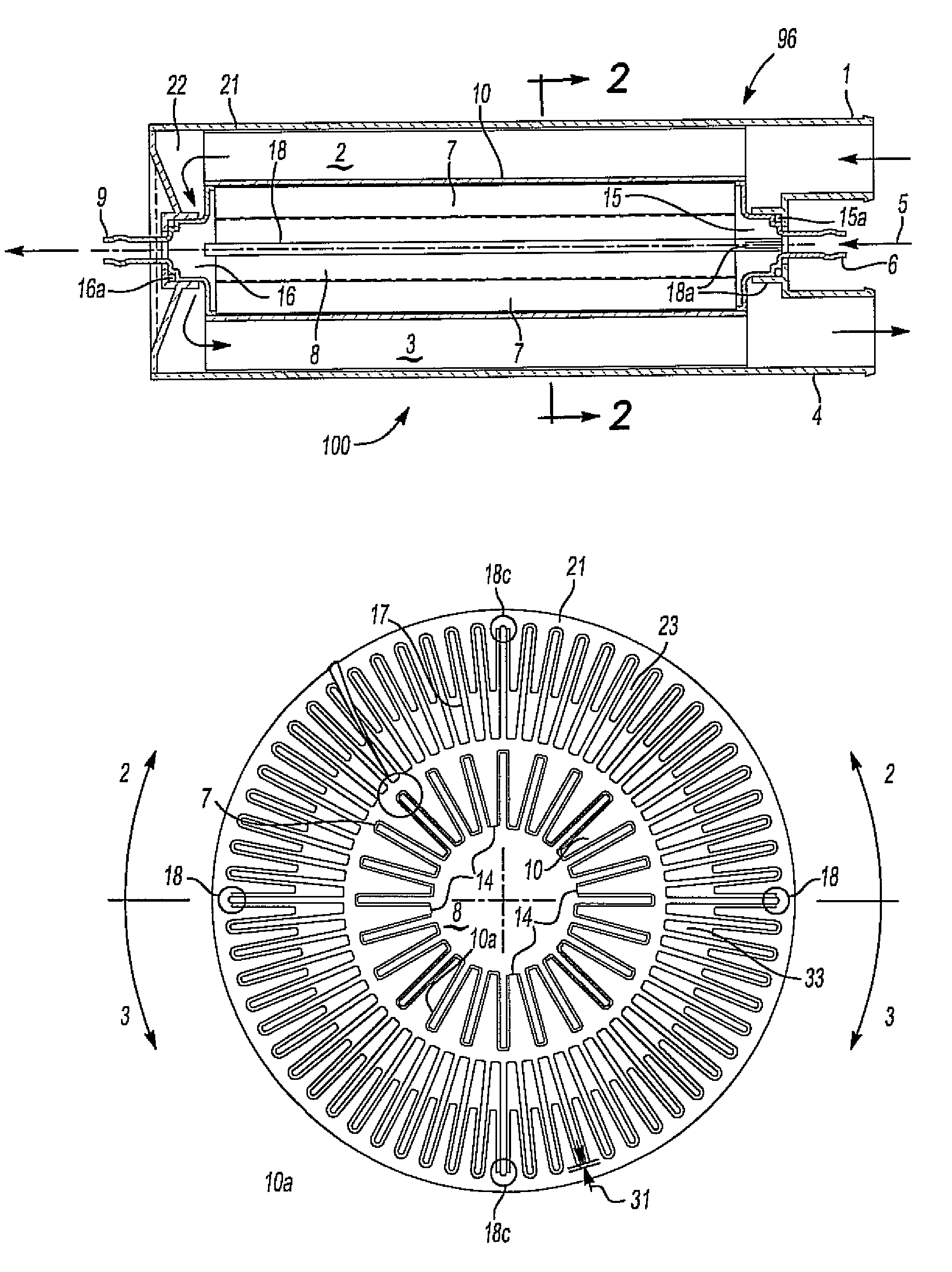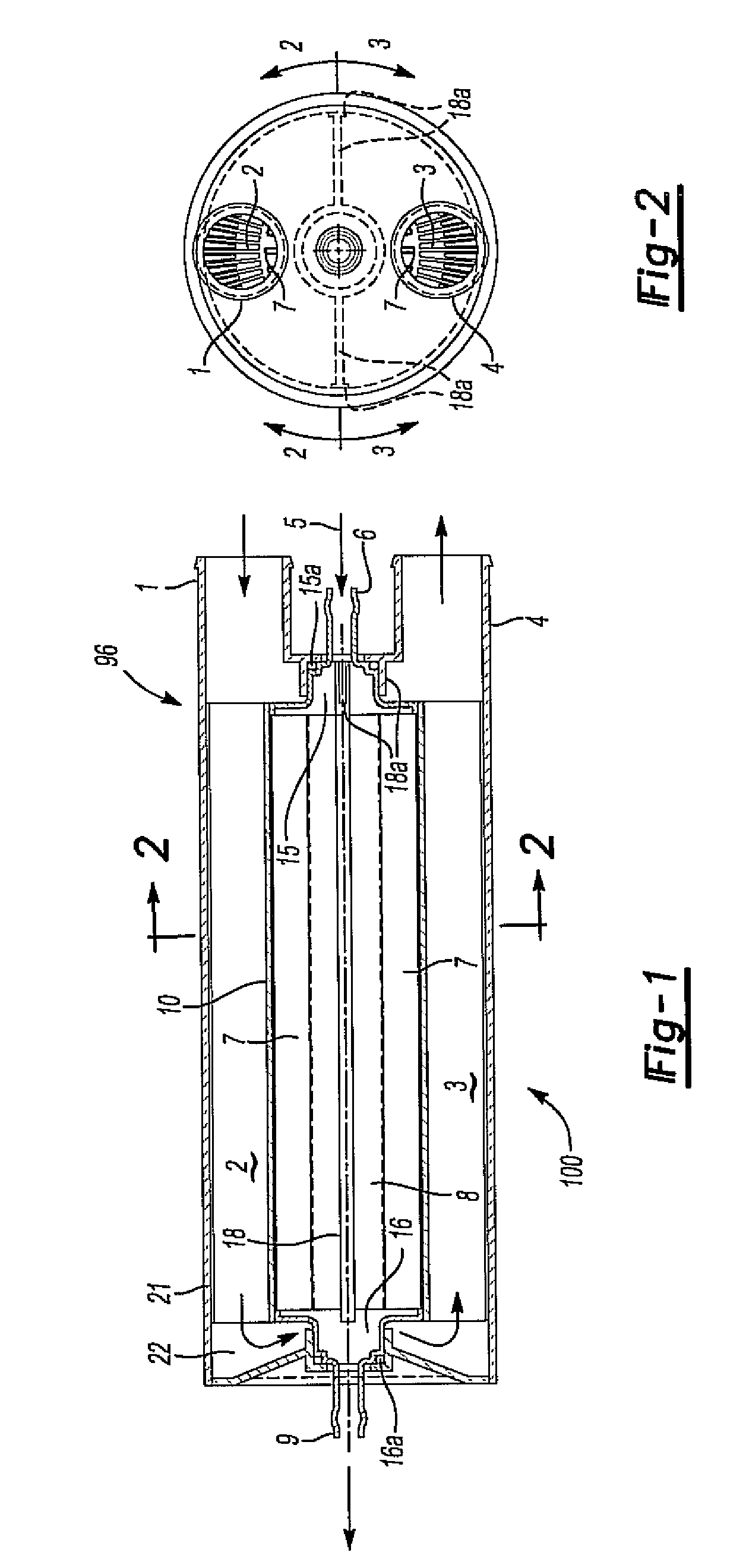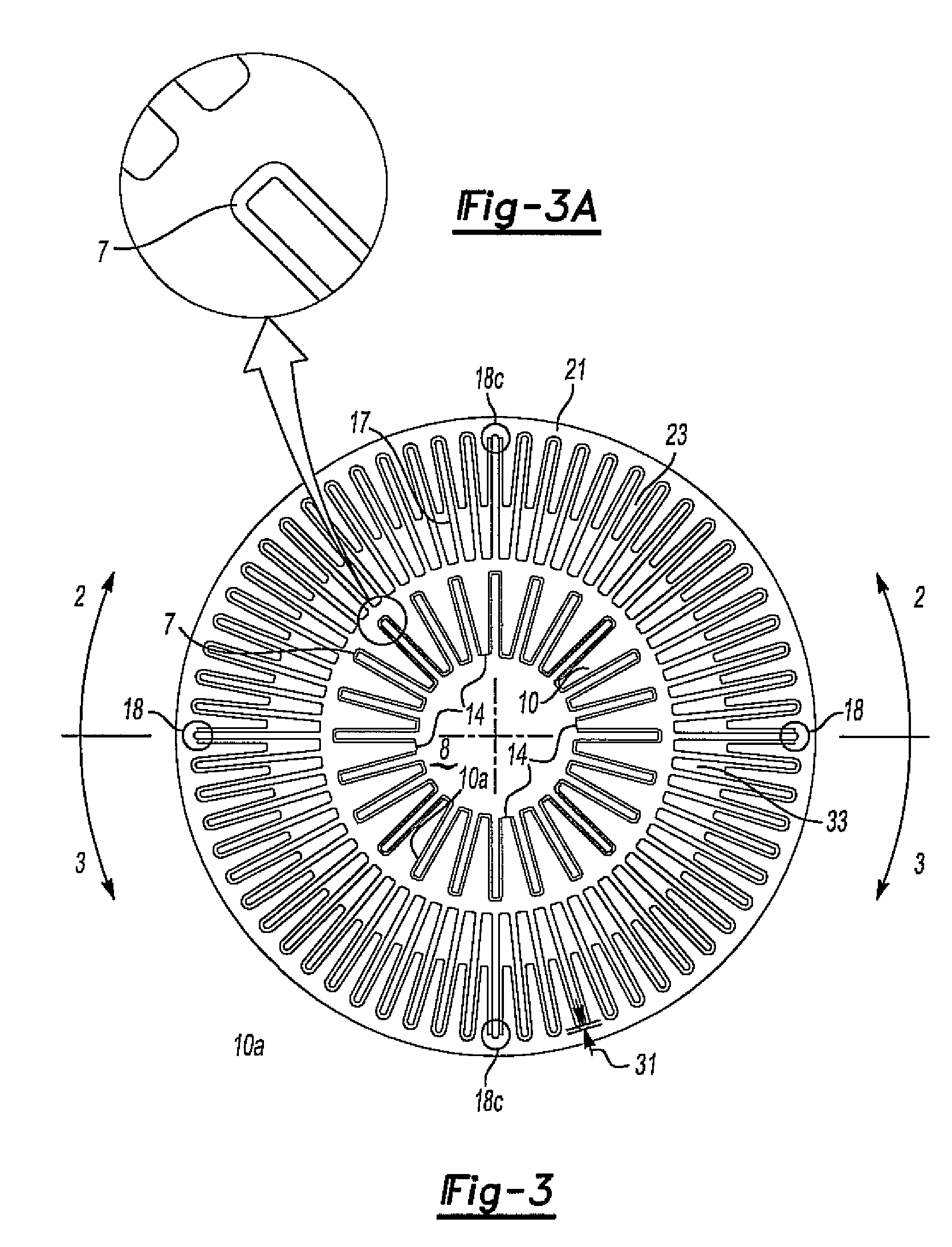There continues to be much driver dissatisfaction with the slow and otherwise poor performance of these defrosters for providing quick and
safe driving visibility.
Consequently, in commonplace operation drivers often have to scrape ice from the
windshield and knock ice off wiper blades or waste fuel and time waiting for the engine to warm up so the defrosters can work.
Windshields are especially difficult to access effectively with ice scrapers, and the situation is exacerbated in the U.S.A. with the coming wave of 78 million elderly “baby boomers” having reduced agility to scrape ice from windshields.
However anti-idling laws of many states and countries, in the interest of reducing
air pollution and improving fuel economy, increasingly limit allowable
idle time (now typically down to 5 minutes) and the remote start feature will tend to have corresponding
idle time restrictions.
Electrically heated windshields can substantially reduce defrost time but have had limited use because of cost, complexity, poor reliability, and technical problems such as interference with electronic communications devices.
Visible heating wires and heating films can also be distracting and degrade windshield
clarity and transparency.
Electrical overheating failure has resulted in at least one major product recall.
Still, even these systems exhibit poor performance, functionality and reliability in the opinion of many users.
Also, when driving in winter
icing and blizzard conditions in which
visibility becomes poor from iced up wipers and windshield, even with the aid of the warm air defroster on maximum output, available heated washer systems fail to quickly and effectively
clear ice and often the driver still has to manually deice the wipers and windshield to achieve
safe driving visibility.
These heated washer systems commonly do not respond instantly upon driver demand to spray heated washer fluid.
Confusing heated washer driver operated switch controls, along with already and increasingly complex modern instrument panel controls and displays, further add to the complexity and cost of these systems.
Heated washer systems using heat from engine coolant have long been available but also have had little success in the marketplace largely due to
slow time to warm up upon engine
cold start, low
heat transfer rates, issues with washer heater freeze up damage and the heater purging its fluid from boiling of the high
vapor pressure alcohol antifreeze laden washer fluid (about 158° F. boiling temperature) in the presence of 200+° F. engine coolant temperatures.
Purging not only can waste washer fluid but, more importantly, causes significant
delay in spray time from the resulting empty washer fluid heater having to become refilled, and the cold fluid then entering the heater does not have
sufficient time to fully heat up as it quickly passes through the heater to get sprayed to the windshield.
Heated washer fluid spray concentrating, and therefore high windshield thermal shocking, conventional nozzles, even of the wider spraying fluidic and spray fanning types, fail to provide the very high degree of broad and uniform heated fluid distribution needed to bring out the great deicing and bug clearing performance capability of an otherwise well engineered heated washer
system.
Another deficiency of available heated washer systems is that they cause the heated fluid to lose a large part of its
heat energy through rapid
wind chill evaporative cooling of the contained high
vapor pressure alcohol antifreeze as the fluid sprays from the nozzles a foot or two through the
cold air before reaching the mid and upper reaches of the windshield.
The resulting large amount of midair condensing visible steam on actual tests by this inventor is clear evidence of this
energy loss.
This sudden cloud of steam can also cause momentary reduction of driver visibility, e.g. while making a left turn in the presence of oncoming traffic on a sunny day.
Often washer systems will be filled with
water based fluid having insufficient
antifreeze which subsequently freezes
solid and causes washer heater permanent damage from ice expansion pressure.
Washer heater design features to provide freeze protection typically add cost, and the increased complexity can run counter to increasing reliability.
Another shortcoming of available washer fluid heaters is that their effectiveness is inherently limited because, in between the short electronically programmed heated fluid squirts, the remaining heat of the fluid on the windshield and the now slightly warmed glass is quickly dissipated by
evaporation and
wind chill during the frequent and long fluid reheating delays between these short squirts.
The result is delayed
defrosting and even partial windshield refreezing while awaiting subsequent programmed heated short squirts which have to reheat the remaining ice to its
melting point.
This results in extended defrost times best measured in minutes.
Another deficiency of available washer fluid heaters is that they are prone to building up
calcium scale and other mineral deposits from the long term heating of washer fluid continuously stored within the heating chamber.
These deposits can
choke fluid passage, cause loss of
heat transfer efficiency and break loose and clog washer nozzles.
 Login to View More
Login to View More  Login to View More
Login to View More 


